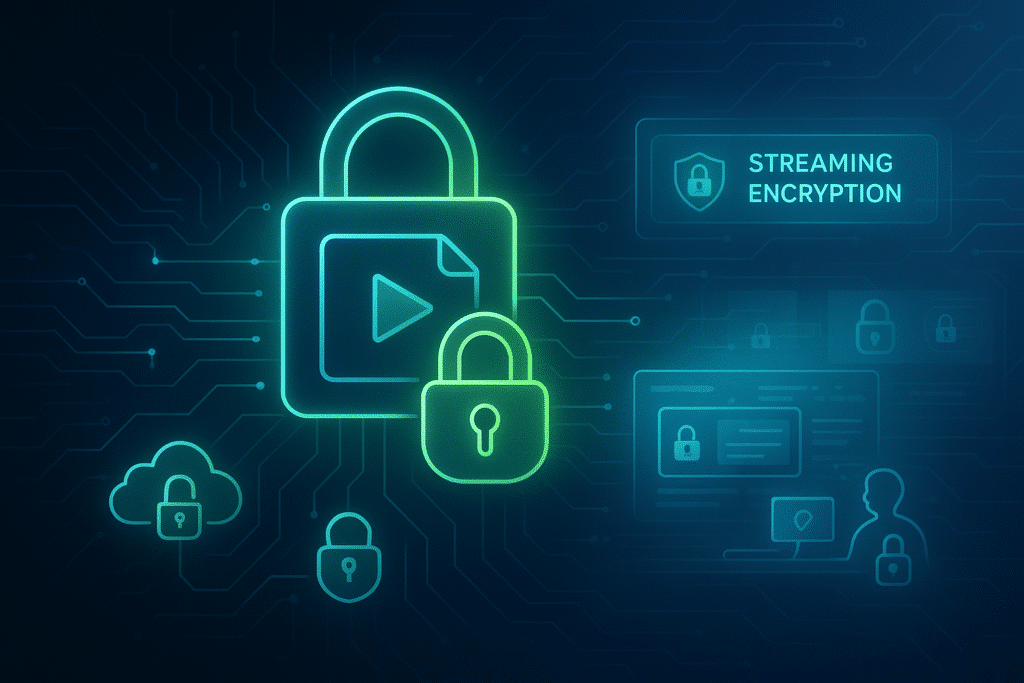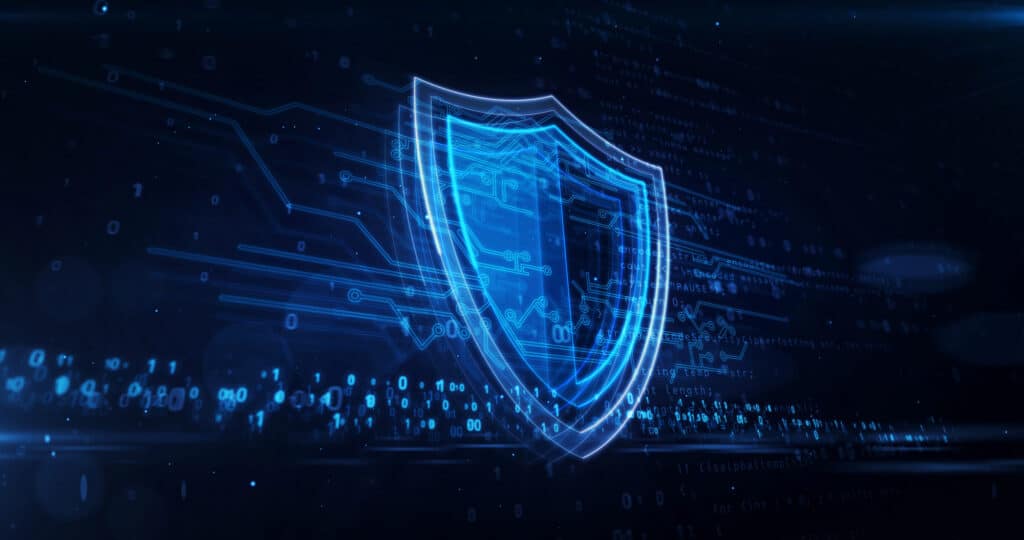
Introduction: Why Widevine DRM Matters More Than Ever
As the demand for video content grows across education, entertainment, and enterprise sectors, so does the threat of digital piracy. One of the most effective solutions against unauthorized sharing and screen recording is Widevine DRM, a trusted and widely implemented content protection technology developed by Google.
Used by platforms like Netflix, Amazon Prime Video, Disney+, and leading EdTech startups, Widevine DRM ensures that only authorized viewers can access and play your content—while making piracy virtually impossible.
In this post, we’ll break down how Widevine works, why it’s essential in 2025, and how you can integrate it into your video workflows for maximum protection.
What Is Widevine DRM?
Widevine DRM is a digital rights management system developed by Google to encrypt video content and control how it’s accessed or consumed. It is primarily used in Android apps and Chrome browsers but is supported across a wide range of devices and operating systems.
At its core, Widevine works by:
- Encrypting video files with secure keys before delivery
- Authorizing playback only through licensed video players
- Restricting device behaviors, such as screen recording or copying
- Managing playback licenses, including expiration time, resolution limits, or region locks
This makes it the go-to DRM for Android devices, web browsers, smart TVs, and even some gaming consoles.
How Widevine DRM Works Behind the Scenes

Here’s a simplified flow of how Widevine DRM operates:
- Video Encryption: Before the video is uploaded, it is encrypted using a Content Encryption Key (CEK).
- License Server Setup: When a user clicks to play a video, a secure request is sent to a license server (like VdoCipher’s).
- License Delivery: If the user/device meets the access conditions, the license server sends a decryption key.
- Secure Playback: The licensed player decrypts the stream and plays it within a secure environment (like a protected browser or app).
No actual video file is ever exposed, and playback happens entirely within controlled environments—making Widevine DRM one of the most effective piracy deterrents.
Where Is Widevine DRM Used?
- Android apps for OTT and e-learning
- Web-based players on Chrome, Edge, and Firefox
- Smart TVs and Chromecast devices
- Secure offline downloads and mobile SDKs
Widevine is ideal for any use case where video content is premium, paid, or sensitive—especially when you’re distributing content on Android or browser-based platforms.
Implementing Widevine DRM: Manual vs. Full-Stack Platforms
You can implement Widevine DRM in two main ways:
Option 1: Manual Setup
This involves setting up a packaging pipeline (e.g., Shaka Packager), configuring a license server, integrating player-side license requests, and deploying tokens for user authentication.
While powerful, this route is complex and time-consuming. You’ll need:
- A license server (self-hosted or rented)
- Packaged content in MPEG-DASH or CMAF
- A secure player like Shaka Player or ExoPlayer
- Proper key rotation, expiry logic, and token generation
Option 2: Use a Platform Like VdoCipher
If you want to skip the hassle, VdoCipher offers a plug-and-play video hosting platform with built-in Widevine DRM.
Benefits include:
- No need to set up your own license server
- Integrated player with dynamic watermarking
- Tokenized access control and analytics
- Support for offline downloads with encryption
- Compatibility with both video player for Android and iOS (via FairPlay)
This allows course creators, OTT platforms, and corporate educators to focus on content while VdoCipher handles the security.
Widevine DRM Levels: L1, L2, L3
Not all devices support the same level of security. Widevine offers three levels based on hardware support:
- L1 (Highest): Decryption and video processing happen in a Trusted Execution Environment (TEE) on the device. Required for HD/UHD playback.
- L2: Decryption in TEE, but video processing occurs outside the secure zone.
- L3 (Basic): Entire video playback happens in software with no secure hardware—a fallback option.
Most modern Android phones support L1, while budget models may support only L3. Platforms like VdoCipher automatically adapt stream resolution based on the device’s DRM level.
Widevine DRM + Screen Recording Protection
One of the most sought-after features of Widevine DRM is screen capture resistance. On most Android devices with L1 security, screen recording is blocked at the hardware level. For web playback, Widevine works in tandem with secure player environments to prevent screen recorders from capturing content.
This is especially critical for:
- Paid e-learning content
- Early-access OTT shows or premieres
- Confidential business communications
- Regulatory and compliance video training
Without DRM, users can simply record your videos and share them across platforms—losing you revenue and control.
Who Needs Widevine DRM?
Widevine DRM is essential for:
- EdTech platforms protecting recorded classes and tutorials
- OTT platforms streaming premium or licensed video content
- Fitness & coaching apps with paid video modules
- Corporates distributing internal confidential media
- Legal, medical, or financial content portals where data sensitivity is high
If your users are on Android or web browsers—and your content is valuable—you cannot afford to skip DRM.
Widevine DRM in Live Streaming

DRM is not just for on-demand video. It’s now integrated into live streaming software as well. VdoCipher, for instance, offers DRM-protected live streaming for webinars, launches, and private events.
Your live feed is encrypted and licensed in real-time, ensuring that only authorized users can view it—and no one can screen record or capture the stream.
The moment your event ends, it can be converted into a DRM-secured on-demand video—ready for replay with the same protection.
Bonus: Combine DRM with Secure Embeds and Analytics
The magic of Widevine DRM shines when paired with:
- Secure embed video in HTML
- Dynamic watermarking that shows user ID/email in playback
- Playback analytics showing viewer engagement and drop-off
- Geo/IP restrictions and limited playback sessions
This combination forms a digital fortress around your video content.
Final Thoughts
As video becomes the default medium for learning, entertainment, and internal communication, protecting that content is no longer optional—it’s essential. Widevine DRM is the gold standard for Android and web content protection, providing the encryption, licensing, and screen recording resistance modern content businesses need.Whether you’re building your infrastructure manually or using a platform like VdoCipher, integrating FairPlay DRM into your video strategy is the smartest way to preserve your IP, revenue, and brand reputation.
- 3shares
- Facebook0
- Pinterest0
- Twitter3
- Reddit0





